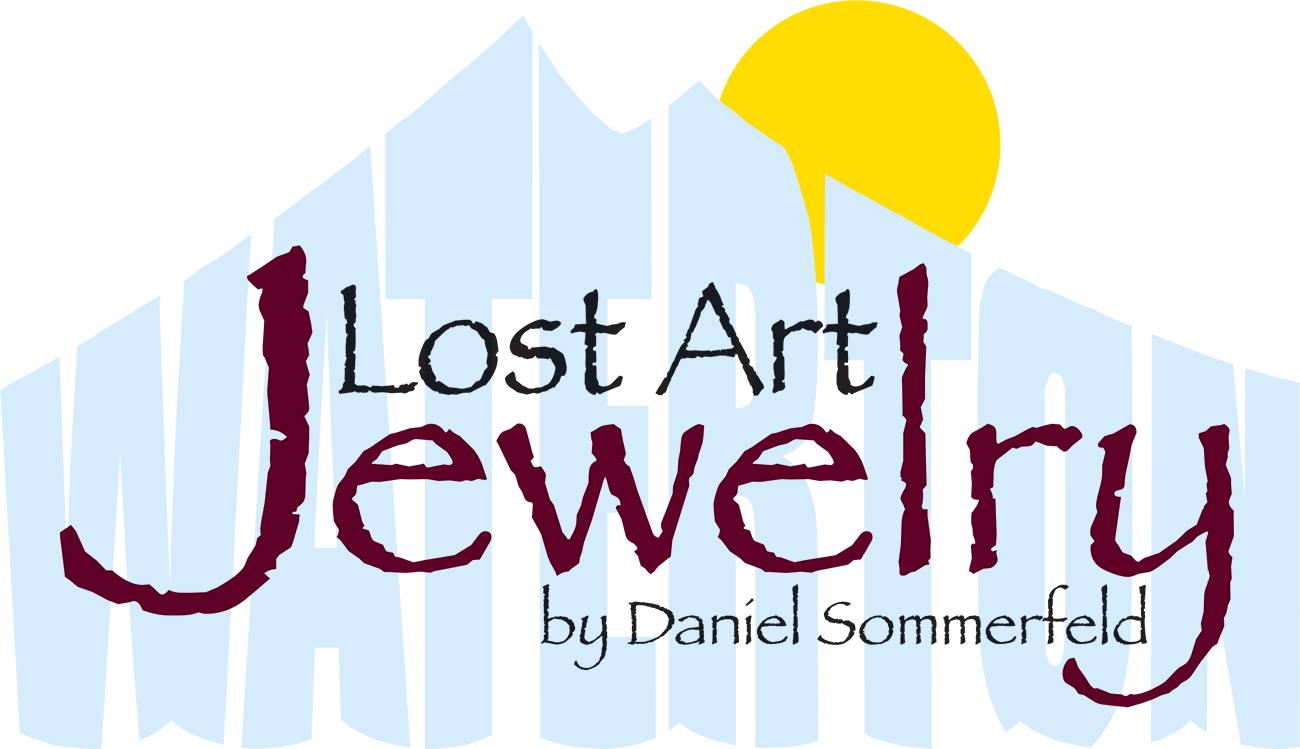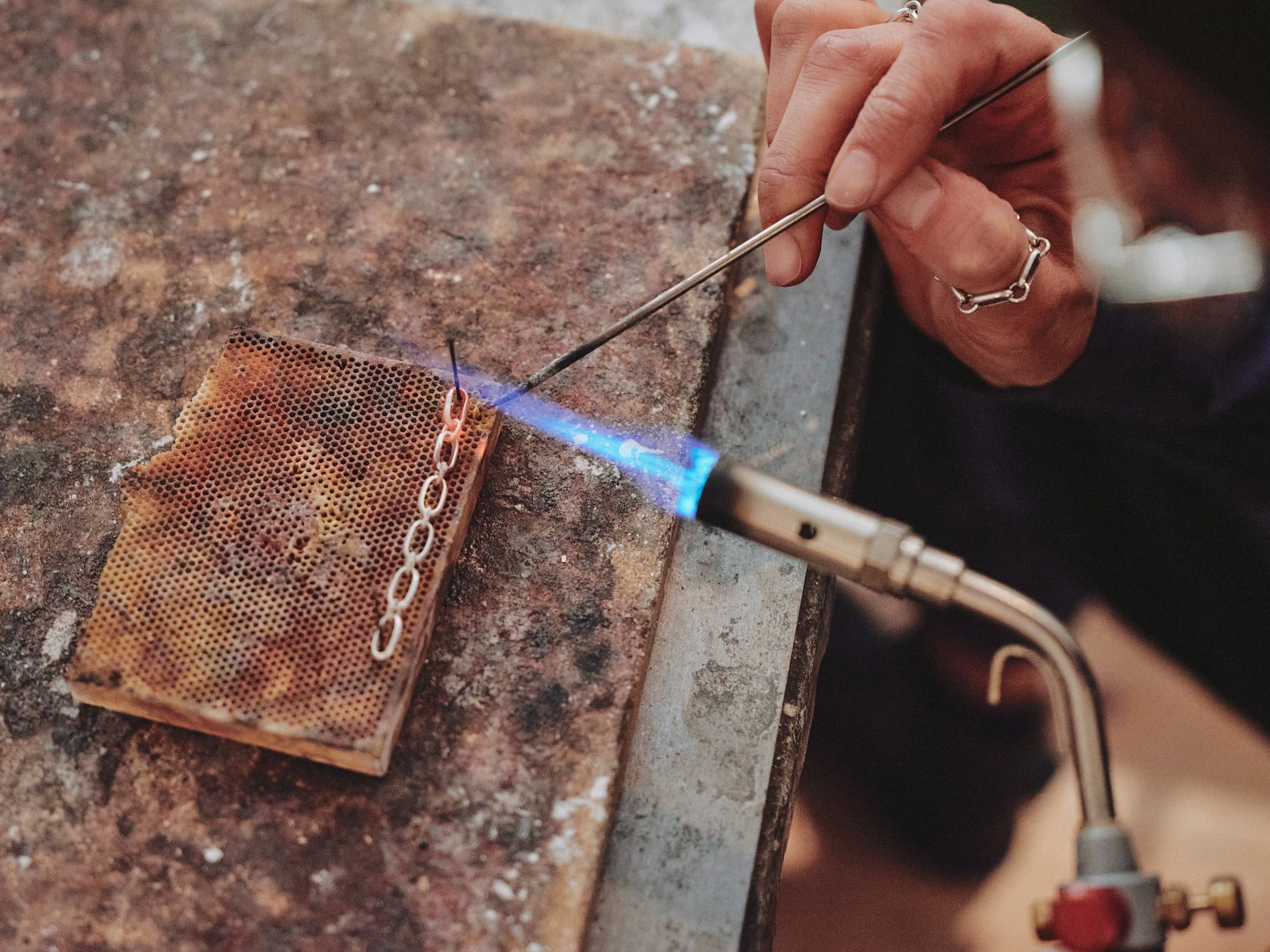Goldsmithing courses offer more than just hands-on practice with precious metals. They open the door to a skill set that blends creativity and precision. Whether someone is looking to make jewellery professionally, create for themselves, or just learn how to shape and finish metals, these courses set the stage. Goldsmithing has a long history of craftsmanship. Even with modern tools, the skills passed from one generation to the next still matter.
There’s something rewarding about working with your hands and seeing ideas come to life. For many in Alberta, goldsmithing is a way to explore art while learning a trade that offers practical outcomes. These courses don’t just show you how to form metal. They train the eye, develop problem-solving, and strengthen focus. Whether you’re just curious or seriously thinking about making jewellery, learning goldsmithing will teach you more than just technique.
Understanding Goldsmithing: The Basics
Goldsmithing is the process of shaping precious metals into jewellery and decorative objects. This involves everything from forming and cutting to polishing and, at times, setting stones. At its core, goldsmithing is about transforming raw metal into something wearable and lasting.
The skills used in goldsmithing go back thousands of years. Ancient civilizations used early tools to make rings, chains, and ornamental pieces. While tools and materials have advanced, the methods remain surprisingly familiar. You still need a torch to solder. You still rely on files and saws to refine shapes. That deep connection to heritage is one reason so many people are drawn to the craft.
What sets goldsmithing apart from related trades is the detail involved. Unlike blacksmithing, which works on large-scale forms, goldsmithing involves precise, small-scale control. A simple ring can take hours of marking, cutting, smoothing, and adjusting to make it just right. Every decision, from metal thickness to tool angle, plays a role in the outcome.
If you’re brand new to the craft, there’s no need to worry. Most goldsmithing courses begin with the basics. Every skilled maker once stood exactly where you are now, wondering how to hold a saw frame properly. Watching your first piece come together can feel both challenging and exciting. As you get used to handling tools and understanding how the materials respond, you’ll begin making small improvements that lead to beautiful results.
Core Skills You Will Acquire
Most goldsmithing courses are built so each skill supports the next. You’re not expected to jump into complex pieces right away. Instead, the structure helps you develop a solid foundation. These key skills usually include:
1. Measuring and marking metal for accurate cuts
2. Using a jeweller’s saw for shaping pieces
3. Basic filing to remove rough edges and smooth surfaces
4. Soldering metal parts together using a torch
5. Polishing and finishing in different metals
6. Introductory stone setting on small pieces
7. Safe and organized tool use in the workspace
Each of these skills feeds into the next. If your measurements are slightly off, for instance, your soldered sections may not fit right. If your soldering is uneven, polishing becomes much tougher. Practice strengthens every step, and over time you’ll notice fewer mistakes and better finishes.
Many students enjoy learning soldering most of all. Watching two separate pieces of metal fuse into one is satisfying. It might be tricky at first, especially managing heat control, but courses will guide you in reading flames, choosing the right solder, and keeping joins crisp.
You also begin to understand how different metals behave. Gold, silver, and other alloys react differently to tools and heat. Each has its own melting point, workability, and polish style. As you become familiar with this, you’ll be better at picking materials based on your design goals.
Expect a few hiccups along the way. Burn marks, snapped saw blades, and uneven settings are common for beginners. But each misstep is a lesson, and soon your hands and eyes will work together more effortlessly.
Advanced Techniques And Creativity
Once the foundational tools are in place, more advanced techniques are introduced. These lessons shift the focus from following instructions to making design choices. Students begin thinking about how pieces function, how they’re worn, and how style plays a role in structure.
Stone setting becomes a larger part of the courses at this point. While designing a ring may feel rewarding, securing a gem in your custom piece takes focus and refinement. You’ll learn a range of setting styles such as bezel, prong, and flush-setting. Each one offers its own balance between visibility of the stone and how snugly it’s held in place.
Other advanced techniques include:
– Creating textures with hammers, scrapers, or burrs
– Engraving tiny patterns and details by hand
– Shaping elements into forms drawn from nature or geometry
– Using wax to sculpt pieces for later casting
– Combining multiple metals for contrast and function
This part of the course is where imagination really finds a space. From forming a hand-rolled clasp to designing your own line of patterned earrings, projects become an outlet for your ideas. You’ll also begin to think critically about how these objects come together and what makes each unique in terms of both beauty and durability.
Some students find this phase changes their relationship with jewellery. What began as trial and error becomes a personal statement. One person could lean toward bold, textured bracelets, another might prefer fine, delicate necklaces. These differences are encouraged and supported by guidance from experienced mentors.
Career Opportunities And Personal Growth
By the time you finish a goldsmithing course, you’ll have more than just a few handmade pieces to show off. Many students find themselves seriously considering jobs in design studios, trade workshops, or boutique brands. Some explore custom commission work while others choose to focus on jewellery repair, an area where skill and precision make a clear difference.
But not everyone takes the professional path, and that’s perfectly fine. Goldsmithing offers something deeper as well. Many people grow confident in their ability to focus, solve problems, and plan in a hands-on way. These changes often happen quietly, as your attention sharpens and your creativity gets stronger with practice.
Courses may open up other possibilities too, like:
– Designing gifts for friends and loved ones
– Building a side project with personal commissions
– Repairing old or worn jewellery pieces at home
– Working with peers as a mentor or assistant
Even something simple like fixing your own broken chain becomes meaningful when you’ve trained for it. You start seeing more value in the things you wear, because you understand the skill behind them.
A goldsmithing course gives you a solid base in an age-old craft, but it also gives you room to make it your own. It can grow with you over time and take many forms, no matter your goals.
Embrace Your Craftsmanship Journey With Confidence
Learning to shape and join metal isn’t just about manufacturing a product. It’s about creating with intent. You learn to plan, adjust, and slow down—all while developing meaningful pieces that reflect your ideas.
Courses held in Alberta allow you to study within a community of learners and instructors that value creativity and skill. You’ll work with real tools, not kits, and develop habits that lead to cleaner, stronger results. It’s a rewarding way to build something both tangible and long-lasting.
Goldsmithing invites people from all backgrounds. You don’t need to bring experience, only curiosity and focus. Over time, your early pieces evolve. They become bracelets, rings, and pendants that you’ll recognize as your own style taking shape.
There’s a unique thrill in turning a plain sheet of metal into something wearable. Each mark, polish, and adjustment leaves a small part of you in the final piece. That sense of connection stays with every student, long after the course is done. It’s not just about learning how to make jewellery—it’s about making work you’re proud of.
Ready to start your own adventure in jewellery-making? Explore your creative potential through expertly taught goldsmithing courses at Daniel Sommerfeld Jewelry. Whether you’re looking for a new career path or simply want to develop your skills, our lessons offer hands-on guidance and lasting confidence. Join us and see what you can creat

